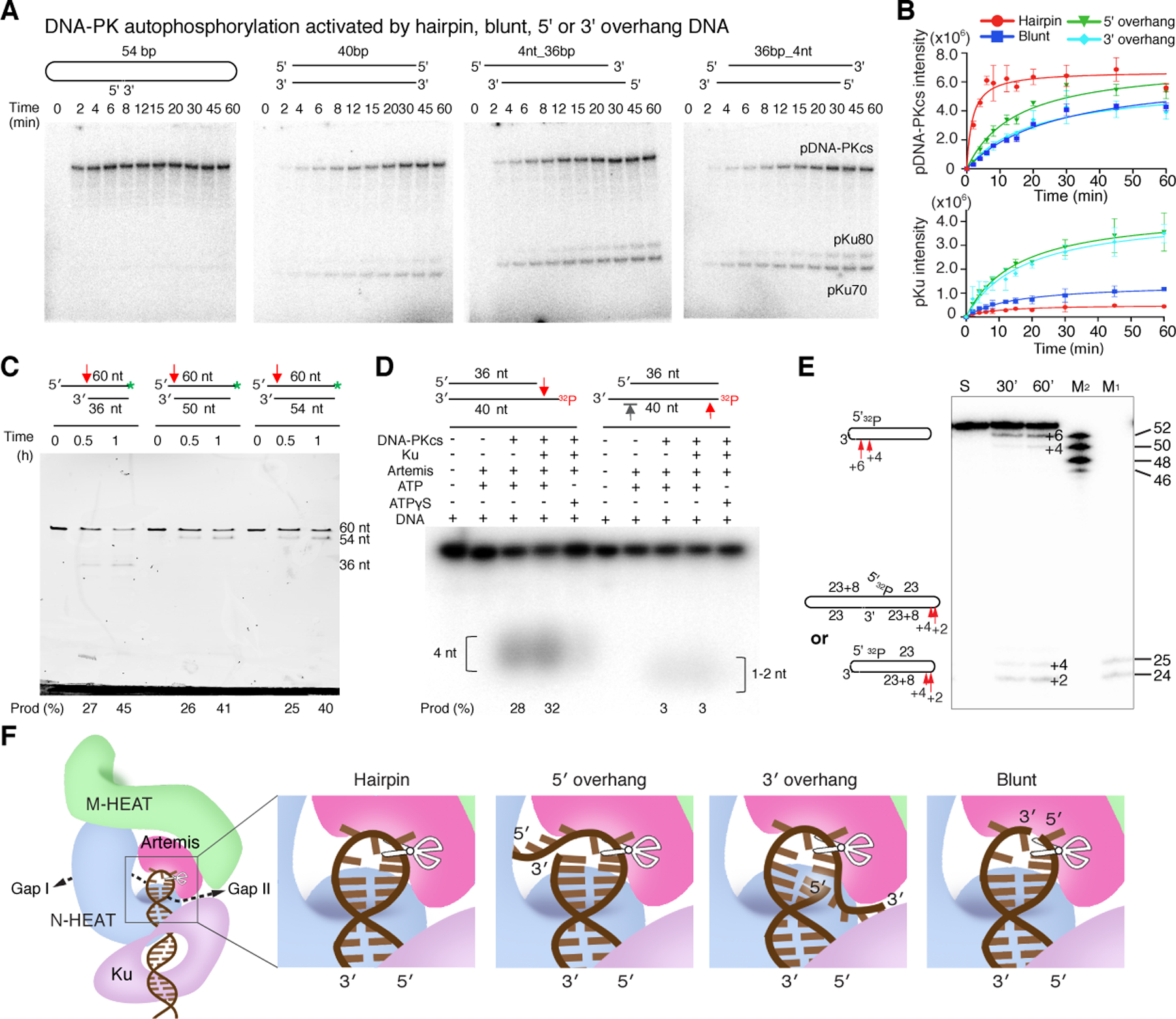Figure 6. DNA end-dependent DNA-PK kinase and Artemis nuclease activity.

A. Different DNA-PK kinase activity on various DNA substrates. Hairpin, blunt, 5´ and 3´ overhang DNA used in the assay are diagrammed. B. Plot of triplicate measurement of DNA end-dependent autophosphorylation of DNA-PKcs and trans-phosphorylation of Ku70/80. Hairpin DNA end activates cis autophosphorylation of DNA-PKcs more than any other type of DNA end. After autophosphorylation of the ABCDE patch, DNA-PKcs is self-inhibited and exhibits very low kinase activity towards Ku70/80. C. Cleavage of 36–54 bp DNA duplexes with 24-nt 5´-overhang, both 5´- and 3´-overhangs (6 and 4 nt, respectively), and 6-nt 5´-overhang. The endonuclease activity in removing the 5´-overhang is similar in all three. D. Cleavage activity of Artemis-DNA-PK on 36-bp duplex with a 4-nt 5´- or 3´-overhang, or blunt-end DNA. The bottom strand is 5´−32P labeled. The 5´-overhang endonuclease activity is comparable to the longer overhangs shown in panel A. No endonuclease activity is detectable on the 3´-overhang (marked by grey arrowhead), while weak 5´ end trimming is observed on the blunt end (right half). E. Cleavage of the dumbbell-shaped hairpin-end DNA by Artemis and DNA-PK at 37°C. Both hairpin opening and cleavage of the half DNA substrate (an 8-nt 3´-overhang) occurred. According to oligonucleotide markers (M1 and M2), hairpin opening results in 2- and 4-nt 3´ overhang; the 8- nt 3´ overhang is trimmed to 4- or 6-nt. F. Structure-based diagram of how Artemis cleaves different DNA substrates.
